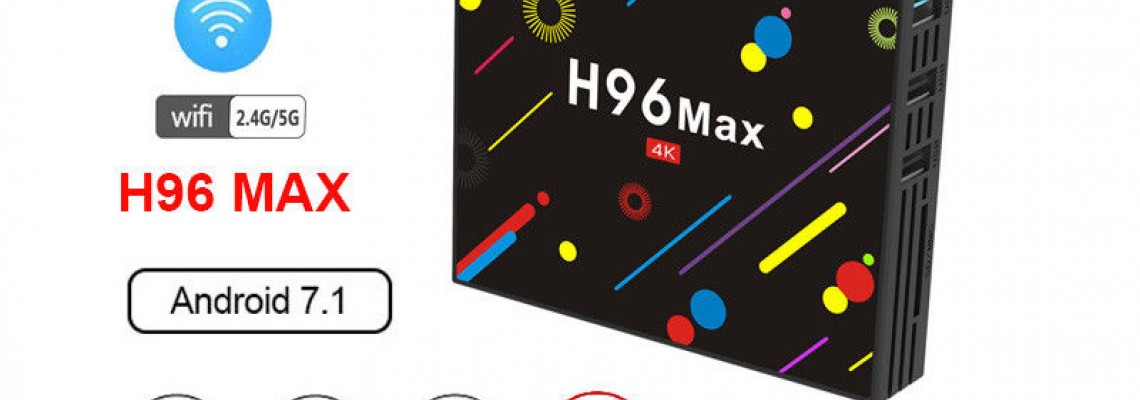

Android will be celebrating its tenth birthday in September and the operating system has come a long way in terms of features and stability. Its versatility – and the fact that it is free – has made it possible for even the smallest vendors to come up with solid products at fair price compare to cable. And the H96 Max H2 is one of them.
This is an Android box – built by one factory and sporting various names – that can be used by businesses as a thin client to access cloud resources (and occasionally as a TV box thanks to a bundled remote control). Moreover, it manages to hit an incredible level of performance.
What makes the H96 Max special is the 4GB memory and 32GB of storage, offering enough capacity for those looking to install a decent quantity of apps locally.
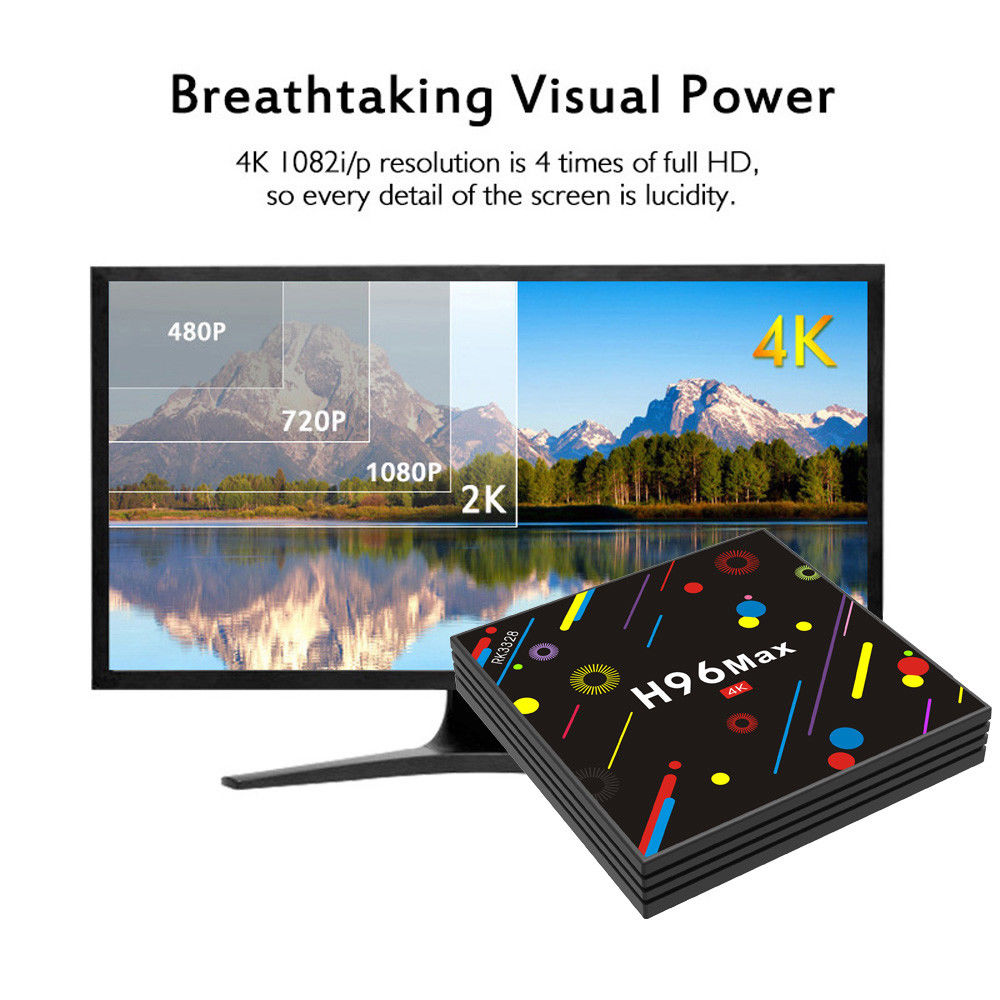
Design
There’s nothing spectacular about the design of the H96 Max. It doesn’t have the cachet of the Voyo V3 Mini PC or the ambitious design of the Sunvell T95P PC-in-a-plug. Instead, it is a bog standard slab of plastic with sides that are 113mm long and 24mm high, sitting on four plastic feet.
There’s an LCD display at the front which doubles as a status screen, and plenty of vents on five sides to allow the device to cool passively.
The top is adorned by a funky lid made of plastic, and as for the ports, there are plenty with three USB 2.0 connectors, one USB 3.0, SPDIF and audio out, an RJ45 Ethernet port (100Mbps), HDMI 2.0 and an SD card slot. Another version of the box comes with a Type-C connector and a microSD slot, both of which are preferable in everyday life.
The enclosure feels reasonably solid which means that you can easily carry it around in a bag, and that’s certainly a boon for those inclined to work remotely.
Specifications
The device uses an ARM Cortex-A53-based quad-core processor, clocked at up to 1.5GHz, with an ARM Mali-450MP2 GPU and support for HDMI 2.0 (delivering proper 4K@60Hz output).
As expected you get 802.11n Wi-Fi and Bluetooth 4.0 but no Gigabit Ethernet, which is a shame.
This is doubtless part of the cost-cutting to reach a low price point, and the same could be said for the use of USB 2.0 ports (in the majority).
That said, the 4GB of DDR3 memory and the 32GB eMMC on-board storage more than make up for these cut corners, especially at this price.

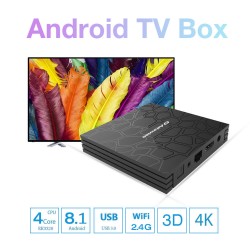
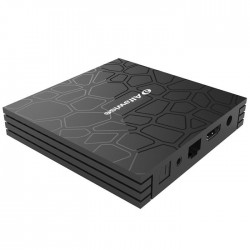
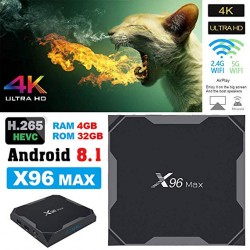
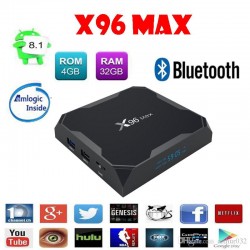
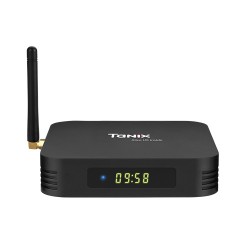
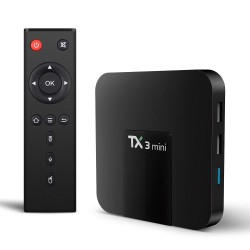
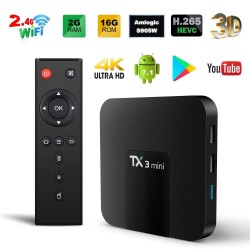
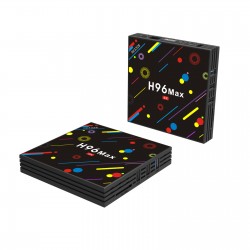
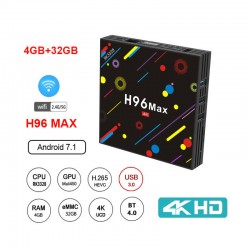
Leave a Comment